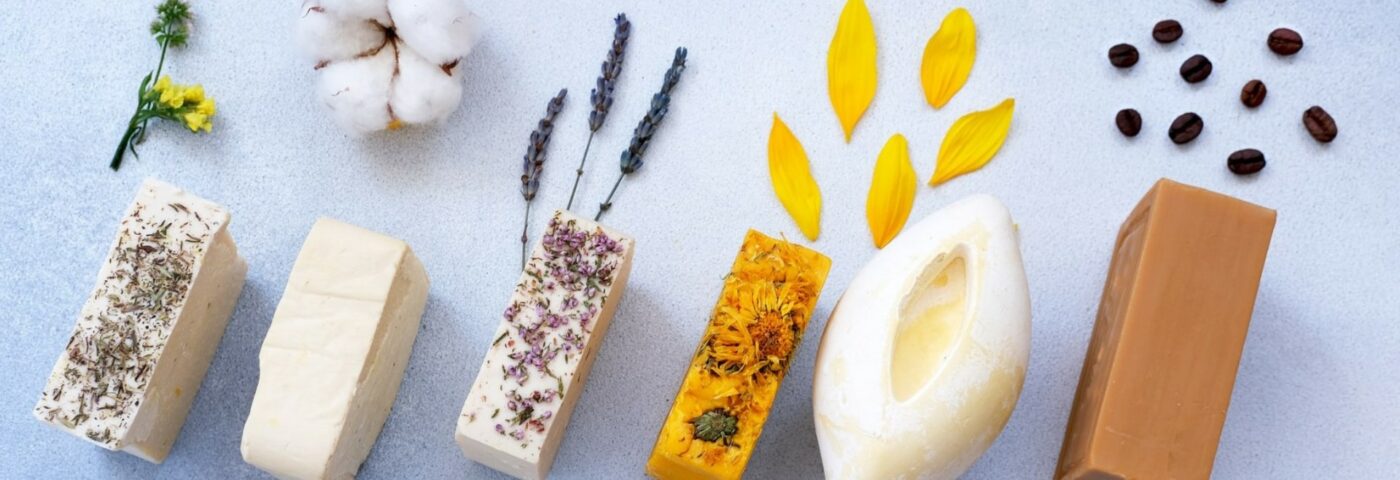It’s essential to source good quality ingredients when making cosmetic formulas, because you can’t make a chocolate cake without cocoa, and let’s face it, carob is not a suitable replacement.
The same concept applies to sourcing cosmetic ingredients: what may seem the same material from different suppliers could vary significantly enough to render a batch unstable or unsuitable, and turn a high performing product into nothing special.
You also can’t make certain formulas perform the way you want them to without sourcing from the correct supplier, and sometimes they may be a little tricky to find.
So, let’s look at the do’s and don’ts of cosmetic ingredient sourcing to help you find the contacts you need, and source exactly the right materials, to make sure your formulas turn out great, every time!
How to source cosmetic ingredients tip #1: Expect to need multiple suppliers
This is the most important aspect of creating unique and high-performing cosmetic formulas. I often speak to those new to the industry and they are dismayed when they need to contact 4 or more suppliers to get the ingredients they need for just 1 formula.
But this is completely normal! While there may the occasional time where you can source everything you need from just a few suppliers, it is more common for you to need to go to at least 4 different cosmetic ingredient suppliers (and sometimes many more) in order to get the exact materials you need.
Remember to keep economies of scale in mind: where you can use multi-functional or core functional materials – such as humectants, emulsifiers, surfactants, preservatives and antioxidants – in multiple formulas, then this is a great idea. However, there will be many actives where you’ll just have to source all required options to ensure you have a unique formula.
Watch this webinar where I talk about needing multiple suppliers and building your supply network.
How to source cosmetic ingredients tip #2: Expand your network
The next most important step is to build your supplier network. Visit in-cosmetics trade shows, your local society conferences and your local cosmetic supplier days and make sure you meet the different distributors, and who they represent.
That way, when you need a certain material, you know exactly which distributor you should contact for information and a sample.
Remember, the suppliers for different materials varies by your location, so its important that you are finding your nearest distributor or material representative to get the answers and support you need.
How to source cosmetic ingredients tip #3: Be specific with trade names
A rose by any other name may have smelt as sweet to Shakespeare, but a material by its INCI name could be any of a dozen different grades to various suppliers.
For example, Lubrizol suppliers various carbomers and acrylates, so you can’t just go to them and ask for ‘carbomer’ or an acrylate cross polymer because:
• Carbopol 934, Carbopol 940, Carbopol 980 and Carbopol Ultrez 10 all have the INCI name ‘carbomer’ but with different play times and after feels;
• Carbopol Ultrez 20, Carbopol Ultrez 21, Pemulen TR-1 and Pemulen TR-2 all have the INCI name ‘acrylates/C10-30 alkyl acrylate crosspolymer’; however the Carbopol range have very different skin feels to the Pemulen range and suit very different products. Carbopol Ultrez 20, for example, suits clear foaming formulas and gels; Carbopol Ultrez 21 suits styling gels and hydroalcohol gels; while the Pemulen polymers are best for creams and lotions depending on the viscosity required of the finished product.
In other words, just using a ‘carbomer’ or polyacrylate based on INCI name could dramatically alter the skin feel and stability of the finished product… hence using trade names is essential when speaking with suppliers to get the exact grade of material you need.
How to source cosmetic ingredients tip #4: Avoid e-bay and Amazon
If you want quality cosmetic ingredients, then you need to speak directly with your suppliers.
While it might seem like a good idea to trawl various sites for the best price, you could be purchasing a very wrong material (read why: revisit tip 3), or not get crucial information for regulatory and quality reasons (read why: go to tip 5).
Your cosmetic formula and finished product must have the required batch to batch consistency, which starts with quality ingredients, and that means going direct to reputable suppliers.
How to source cosmetic ingredients tip #5: Avoid suppliers who don’t provide good paperwork
Make sure your supplier can provide at least the following information, accurately and promptly:
• The INCI name, compositional information and CAS number. The INCI name and CAS number should match what is listed on the CosIng website.
• A recommended input rate appropriate for cosmetic formulas based on testing and/or regulations.
• A technical data sheet providing processing and sourcing information sufficient to use the material in a suitable way to ensure stability in a finished formula, and so you can determine how natural or synthetic the material is.
• If it is an active ingredient, the technical data sheet should also provide suitable efficacy data and clinical results to determine the best input and product form for you to achieve the same results.
• An MSDS with all safety, compositional ranges and disposal information.
If a supplier can’t provide you with this information, then you should look for another supplier.
If you follow these 5 tips, you’ll soon be in touch with the right suppliers to source quality cosmetic ingredients every time.
You’ll also find the best cosmetic ingredient suppliers will be in touch with you when there is a new launch or innovation so you can stay ahead of the pack with the latest cosmetic formulation launches.
Happy formulating!
Feeling inspired?
Then why not visit one of the in-cosmetics events around the world?


